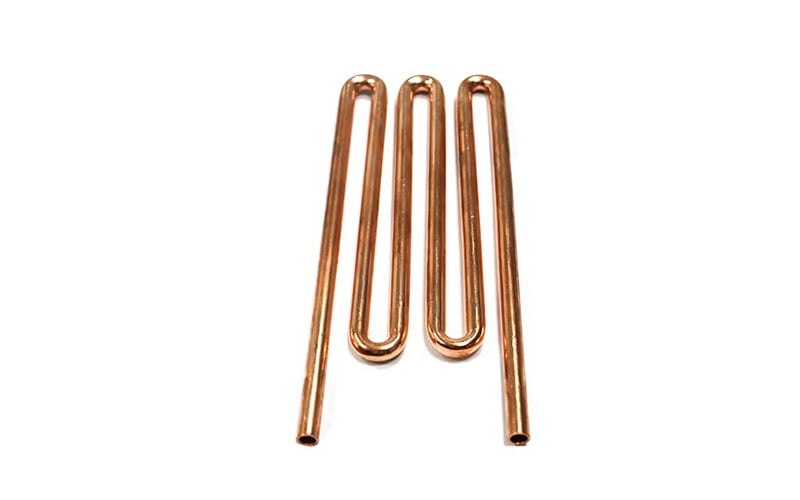1. Introduction to Heat Pipes
Heat pipes are an essential component in consumer electronics design, providing efficient cooling solutions for electronic devices. By transferring heat away from sensitive components, heat pipes play a crucial role in ensuring the reliability and performance of devices.
2. How Heat Pipes Work
Heat pipes work on the principle of phase change heat transfer, utilizing the latent heat of vaporization to rapidly transfer heat from a hot source to a cooler surface. This heat transfer mechanism allows heat pipes to dissipate heat more effectively than traditional cooling methods.
3. Thermal Management in Consumer Electronics
In consumer electronics design, managing heat generated by components is essential to prevent overheating and ensure optimal performance. Heat pipes provide a passive, reliable solution for thermal management, eliminating the need for bulky fans or complex cooling systems.
4. Benefits of Using Heat Pipes
The use of Heat Pipes in Consumer Electronics Design offers numerous benefits, including improved thermal efficiency, reduced noise levels, and enhanced product longevity. By incorporating heat pipes, manufacturers can optimize the performance and reliability of their devices.
5. Heat Pipes in Mobile Devices
Mobile devices such as smartphones and tablets generate a significant amount of heat during operation. Heat pipes are commonly used in these devices to efficiently dissipate heat and prevent thermal throttling, ensuring smooth performance even under heavy usage.
6. Heat Pipes in Laptops and Gaming Consoles
Laptops and gaming consoles are high-performance devices that can benefit greatly from the use of heat pipes. By incorporating heat pipes into their design, manufacturers can improve thermal management, enhance system stability, and prolong the lifespan of these devices.
7. Cost-Effectiveness of Heat Pipes
Despite their advanced technology, heat pipes are a cost-effective cooling solution for consumer electronics design. The long-term benefits of improved thermal performance and reduced maintenance outweigh the initial investment in incorporating heat pipes into electronic devices.
8. Environmental Impact of Heat Pipes
Heat pipes offer an environmentally friendly cooling solution for consumer electronics, as they require less energy to operate than traditional cooling methods. By reducing power consumption and improving overall efficiency, heat pipes contribute to a more sustainable design approach.
9. Future Trends in Heat Pipe Technology
As consumer electronics continue to evolve, the demand for more efficient cooling solutions will increase. Future trends in heat pipe technology include advancements in materials, design optimization, and integration with other cooling technologies to meet the growing thermal demands of electronic devices.
10. Conclusion
In conclusion, heat pipes play a vital role in consumer electronics design by providing an efficient and reliable cooling solution for electronic devices. Incorporating heat pipes into the design of mobile devices, laptops, gaming consoles, and other electronic products offers significant benefits in terms of thermal management, performance optimization, and product longevity.

